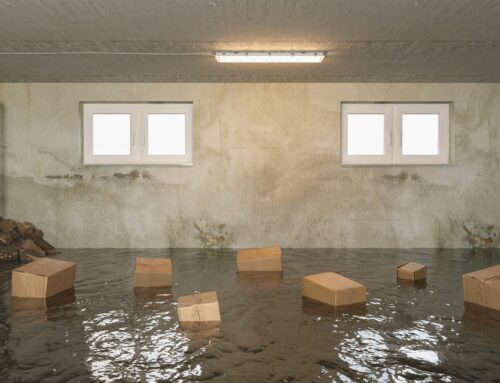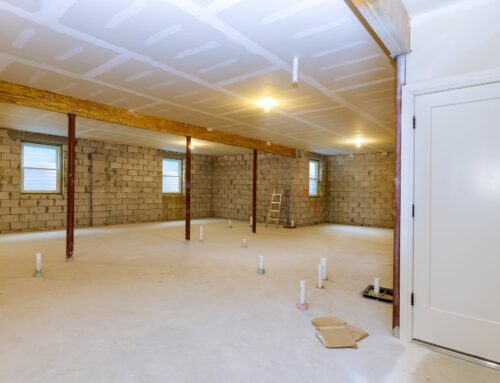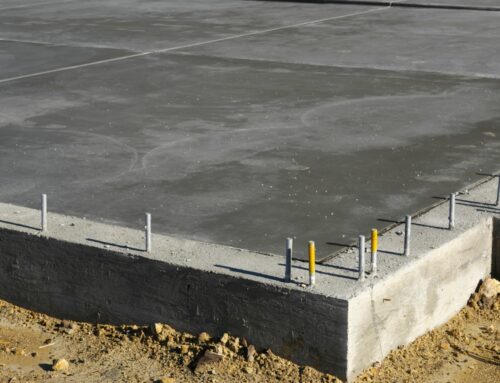Most people don’t notice the walls around them, whether they’re in their own homes or a commercial center. They’re such integral parts of an indoor environment that they’ve begun fading into the background while doubling as protection from outside elements. However, walls have a fascinating history, and they’ve gone a long way from being formed with mud to being constructed with concrete and plaster.
Although civilization has gotten on with walls made of wood and other sturdy materials, plaster has ultimately revolutionized its construction. It is also amazingly simple in its makeup, as it is composed of many different yet commonly found materials like cement, sand, rock, lime, and water.
Here’s what you need to know about wall building’s exciting history and how plaster has transformed it:
The Early Days of Wall Building
Plaster is not a new invention; in approximately 7,500 BC, people in what is now known as Jordan used lime-based plaster for their hearths, floors, and interior walls. This first version of plaster was made with mud, using sticks and reeds to provide more structure. Their neighbors, the Egyptians, advanced their plaster-making techniques even with their basic plastering tools. They mixed gypsum and lime to create plaster, meant for covering the walls of their distinctly Egyptian structures, like tombs, palaces, and pyramids. They also added decorations to these walls using hieroglyphics, which is still observable today. A testament to plaster’s strength and durability is that it remains stable, even thousands of years later.
Meanwhile, the Greeks refined plastering and ultimately gave it the name. The word itself, “plastering,” is a Greek word that means “to daub on,” which they did with their temples. They used plaster to reinforce their structures and make them sturdier.
The Romans made their own plaster formula using stucco and mixing it with lime and sand, which they used to adorn their buildings. They made more refined plaster by mixing gypsum, marble dust, sand, and line. Some of the plasterings still stand today, which further shows how long-lasting the material is.
The Advancements in Wall Building
The middle ages saw the continued use of gypsum as the primary choice of building material, which served as the basis of plastering involved in wattle and daub construction techniques. Since it was so easy to work with, enterprising individuals added various materials like eggs, beer, hair, and even dung to change the plaster’s elasticity and setting time.
Europeans began using plaster to protect their houses against fires in the 1300s. In the succeeding centuries, they shifted their interest in plaster to decorate their walls with ornate flourishes. For instance, Bavarians used the Scagliola plastering style, which imitated colored marble to add more zest to their walls.
Exterior plasters and stucco surged in popularity in the 18th century due to the increasing knowledge of oil-based mastics, which they could easily mold and mass produce. However, it wasn’t until 1824 when Joseph Aspdin obtained the patent for Portland cement, a recipe he concocted with fast-setting properties. The industry continued refining and advancing plaster, reducing its drying time.
How Plaster Revolutionized Wall Building
Plaster has continuously evolved over the years to achieve a perfect mix. For instance, drying time is no longer an issue, as gypsum has replaced lime as the ingredient. Plaster now dries in a few hours instead of two weeks, making wall building much more efficient. Homes can now be protected from wind and water much faster than ever before.
The sturdy material has evolved to become more than just construction material. People have devised techniques to create art and molding on their walls, creating an atmosphere of style, luxury, and elegance. Plaster also adds a distinct touch of extravagance, especially to buildings like museums and theaters. With all the modern advancements, plaster has become the de facto wall building material, having stood the test of time of several millennia.
Conclusion
Plaster is an incredible material that possesses the rare combination of longevity, flexibility, and affordability, which revolutionized wall building as we know it today. Without the material, our houses and buildings would look very different today—and likely less protected!
One Stop Plastering offers the best residential and commercial plastering and stucco services in the Bay Area. With over 60 years of experience, we can guarantee that our concrete & plaster walls will last for decades. We also offer interior plaster and stucco, waterproofing & leak detection, and many more. Contact us today to find out what we can do for your home!






